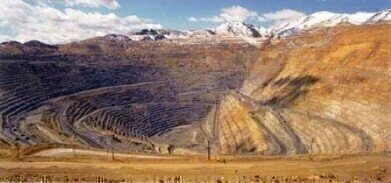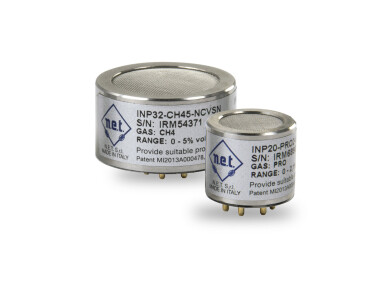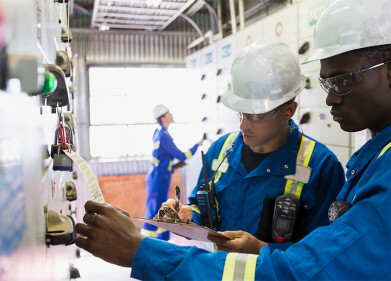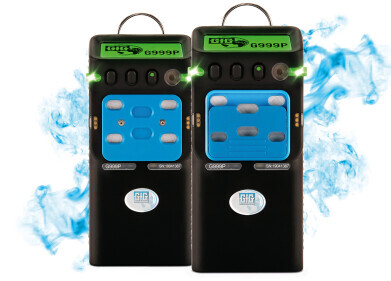Gas detector
Higher rates of methane leaks found in Utah
Aug 14 2013
Methane could be leaking at a much higher rate than previously thought from natural gas fields in Utah, US, according to a new study. A new research paper, due to be published in the journal 'Geophysical Research Letters', reveals that methane leaks are occurring at a rate of 6.2 to 11.7 per cent of production. However, researchers suggest that this research not be used as a basis for determining possible methane leakage rates at other natural gas sites.
The latest research adds more information to the ongoing debate concerning the true extent of methane leakage during the natural gas extraction process. Methane, although it remains in the atmosphere for less time than carbon dioxide, is 25 times more damaging to the atmosphere.
A team of researchers from the University of Colorado, the Cooperative Institute for Research in Environmental Sciences (CIRES) and the National Oceanic and Atmospheric Administration's Earth System Research Laboratory performed the study that found that the Utah methane leaks were much higher than government estimations. The Environmental Protection Agency (EPA) states the methane emissions rate for natural gas production should not be higher than 0.88 per cent, lower than previous estimations of 1.4 per cent.
The higher readings from the Utah natural gas fields were obtained by flying over the field with instruments to measure the methane levels. Accoirding to Colm Sweeney, the co-author of the study, this method could also be used to verify the rates of methane leakage used by the EPA.
Mr Sweeney also stated that the Utah measurements are not representative of all natural gas sites in the world and that there could be a number of reasons why the readings are higher in this area. The fact that other states have stricter regulations in terms of addressing methane leaks could be a factor, as many natural gas sites could therefore take more precautions to lower the rate of methane leakage.
More research is required to fully collate the evidence of higher methane leaks, especially because the research team only used readings during a single four-hour flight as the basis for the study - despite conducting 12 flights in total. Although the team believe the readings to be accurate due to atmospheric conditions, it is possible that they are not fully representative.
Digital Edition
PIN 25.6 Buyers' Guide
January 2025
Buyers' Guide Directory - Product Listings by Category - Suppliers Listings (A-Z) Articles Analytical Instrumentation - ASTM D7042: The Quantum Leap in Viscosity Testing Technology -...
View all digital editions
Events
Feb 25 2025 London. UK
SPS Smart Production Solutions Guangzhou
Feb 25 2025 Guanghzou, China
Feb 27 2025 Kathmandu, Nepal
Mar 01 2025 Boston, MA, USA
Mar 02 2025 Bethesda, MD, USA



















